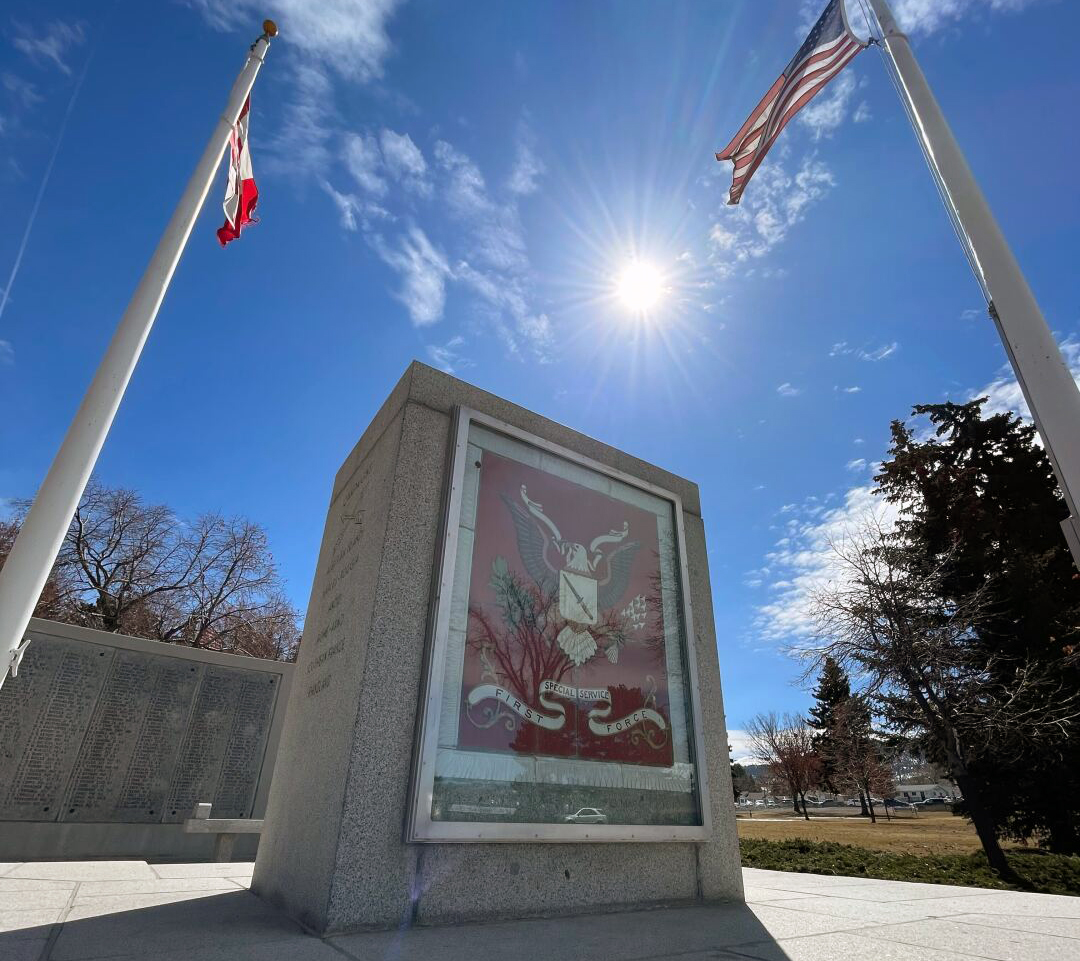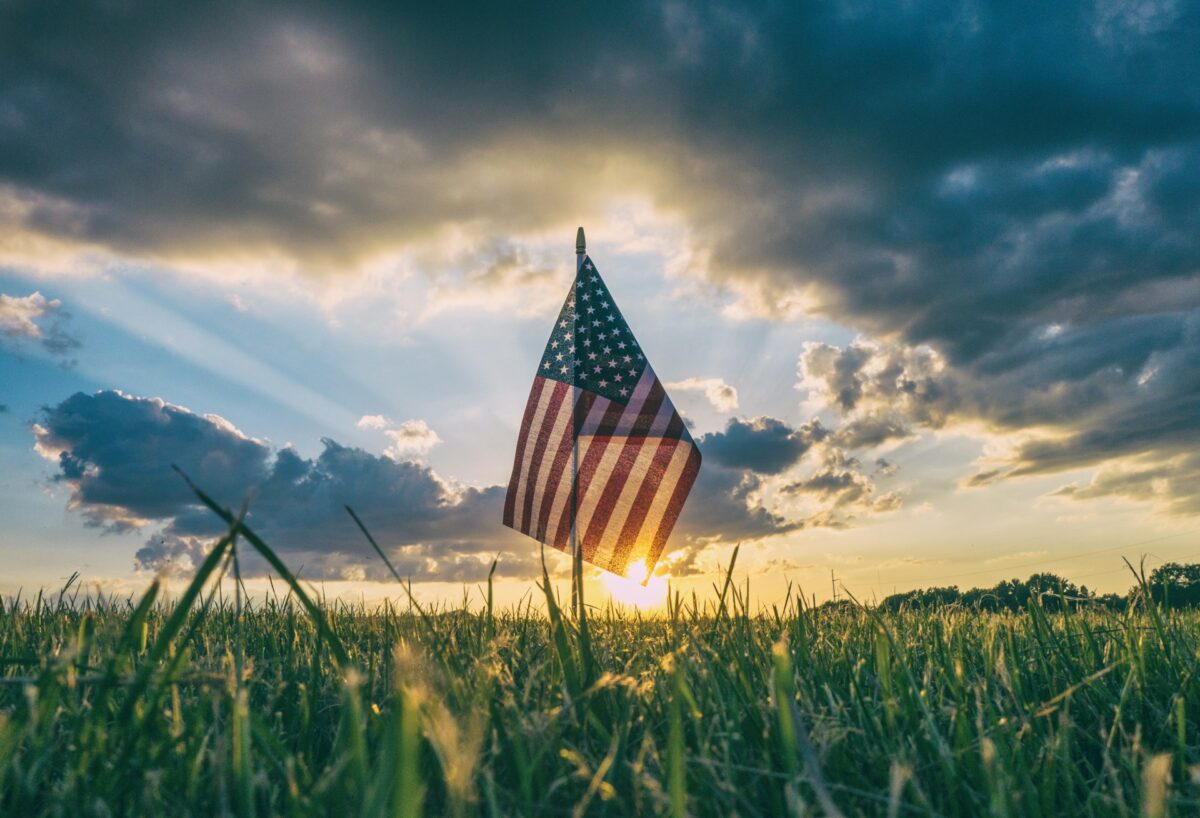Category: News
First Special Service Force Association Reunion

August 13- 16, 2025 (Banquet – Evening of the 16th)
The First Special Service Force was comprised of Canadian and US soldiers and through the war and in the years since, no distinction was made between members from these two countries. The FSSF Association continues that legacy.
The 2025 Reunion is the first time in ten years that the reunion has been held at the home of the FSSF, Helena Montana. However, given the current economic climate, many of our Canadian members are finding it difficult to attend. The Board of Directors feel it’s important to do what we can to help make it possible for those in Canada to return to the home of the Force and attend the reunion. Given the uniqueness of the location and economic concerns, the Board recognizes that for this year only, we need to make some accommodation. Canadian visitors are urged to review requirements for access to Fort William Henry Harrison with Reunion organizers.
In the spirit of the FSSF brotherhood, registration fees for this year have been adjusted so that Canadian and US registration fees are equal. Registration fees this year are listed in US dollars and in the US dollar equivalent of that same amount in Canadian dollars. When registering please select the appropriate registration based on your residency.
In addition to adjusted registration fees, the Board is offering Canadian residents the opportunity to request a partial rebate on their hotel room to help equalize the room rate. Canadian residents may present their paid invoice from the Delta Hotels Helena Colonial for their stay between August 13th and 16th, 2025 to receive the rebate.
Let’s honor the spirit of this incredible group during the 2025 reunion. It’s for the Force.
Award ceremony for Army nurse Diane Carlson Evans

Montana Military Museum is proud to host an award ceremony for Army nurse Diane Carlson Evans, who served in Vietnam and was instrumental in the creation of the Vietnam’s Women’s Memorial in Washington, DC. Unfortunately, Diane Carlson will not be able to attend the ceremony in person, COL Lennie Enzel, USA Ret., and COL Karen Gausman, USA Ret., will present the Awards:
Army Medical Department Order of Military Medical Merritt, 02M3 https://achh.army.mil/regimen
Army Women’s Foundation, U.S. Army Women’s Foundation Hall of Fame 2025 https://www.awfdn.org/hall-of-
The ceremony will be held the morning of Thursday, June 19th. More details will be available at a later date.
Sanananda by Colonel (Retired) John B. Driscoll

The Montana Military Museum is excited to share a new article by noted author and Museum volunteer COL John Driscoll (Ret.) on the actions of Montana’s National Guard 163rd Infantry Regimental Combat Team in the Battle of Sanananda.
Driscoll’s article identifies several Montanans who participated in this battle under hellish conditions in Papua, New Guinea. It is fitting after the celebrations of Memorial Day that we remember these heroes who have largely been unsung. Driscoll, a noted author of military history, has been researching the records of the 163rd archived in the Museum. It will appear in the fall/winter issue of the magazine Distinctly Montana.
Memorial Week/ Day Activities Abound in Helena, East Helena, and Fort Harrison

Proclamation in recognition of the return of the Chet Shore – Governor Donald Room and the 163rd Infantry regiment rooms to the Montana Veterans and Pioneers Memorial Building

Enjoy the 26th Annual Montana Military Museum Wine Fair: Dedicated to the Heritage of Montana’s Military

Helena (Fort Harrison, MT) April 9, 2025 — The Montana Military Museum’s 26th annual Wine Fair is Friday, May 2, 2024, from 6:30-10:00 p.m., at the Civic Center in Helena.
This is the annual fundraiser in support of the non-profit Montana Military Museum, located on historic Fort William Henry Harrison, on the west edge of Helena. The community-based Wine Fair Volunteer Committee members are hard at work in anticipation of a wonderful event.
The 26th Annual Wine Fair tickets are $30 in advance or $40 at the door. Ticket outlets include Leslie’s Hallmark Store, 1609 11th Avenue Suite F; M-T Glass Liquor Store, 1609 11th Suite H; Island Liquor, 1225 E. Custer, E. Helena, Island Liquor 109 S. Lane East Helena; Headwater Craft House, 2125 N. Last Chance; American Legion Post 2, 3095 Villard Ave and at the Montana Military Museum, Fort Harrison.
Wine Fair tickets are available online at 406TIX.COM/EVENTS and from the 2025 Wine Fair Committee members. Wine/Beer Tasting tokens are $1.00 at the door. For further information call 235-0290 / 458-9847 / 324-3550 (Msg).
By joining the Wine Fair, you can sample more than 80+ fine wines from Gusto Distributing. This includes several Micro Beers, along with water and soda are available by Pepsi Cola and Gusto Distributing. Hors- d’ Oeuvres by Savor and Graze.
You can place your bids on donated, Silent Auction items; listen to the spirited live Blue grass music by a community band. Enter to win a Wheelbarrow of fine Wines and other prizes. Purchase from the Mystery Wine Wall, where wine bottles are priced at $10 each. Additionally, view the Montana Military Museum heritage display. The Montana Military Museum continues its progress entering its 41st year. Museum professionally prepared volunteers are focused on the continuing expansion efforts, including the construction of the new exhibits and space.
The Montana Military Museum is continuing to enhance the historic 1930s/40s Fort Harrison Medical Dispensary at the Museum complex. This World War II period facility houses parts of the ever-growing collection of military artifacts, and an expanding advanced military research library and Museum workshop.
This year’s major theme is recognition of Montana’s proud military heritage, and we welcome our supporters back to celebrate this annual rite of Spring in Helena.
Recently completed exhibits highlight Montana’s WW I experiences, the early 20th century developments in the military, World War II participation, and post-World War II Military Heritage of the 163rd Regiment, Montana National guard. The exhibits include Operation Ruptured Duck, Post-World War II Reconstitution of Montana’s Military, the many causes and effects of the Cold War, Montana’s part in bringing down the Iron Curtain signaling a step forward in resolution of the World’s Cold War which began in 1945.
With the support of Diane Carlson Evans, the Founder of the Vietnam Women’s Memorial in Washington, DC, the Montana Military Museum has installed an exhibit in honor of the Vietnam Women veterans. This exhibit depicts the legacy of Women veterans and their full recognition into the military during the Vietnam War.
The Montana Military Museum is continuing to document the State’s military participation in Desert Shield/Desert Storm in early 1990-91 and subsequent Global Warfare operations.
The storyline includes Montana’s experience with Peacekeeping throughout the World and the transformation of the Montana National Guard from a Strategic Reserve to a fully Operational Reserve force. Montana’s participation in world-wide operations such as Southern Watch and post 9/11 operations including The Global War on Terrorism, in theater operations to include Operation Iraqi Freedom, Operation Enduring Freedom in Afghanistan, and Operation New Dawn.
The Museum continues to receive artifacts and soldier stories which reflect Montana’s historic world-wide military service. Donations of Montana military related items, including oral histories, are genuinely appreciated.
The Montana Military Museum is open each Thursday from 9 a.m. to 4 p.m. or by appointment. The Staff of military veterans and community volunteers are available to assist. We welcome all volunteers who want to help tell the story of Montana’s rich military history.
For more information about the 26th annual Montana Military Museum Wine Fair, tickets, or about the Montana Military Museum, please call 406-324-3550 / 406-235-0290.
World War II in Montana

Battle of Monte Cassino – Allied Mistake, or Brutal Necessity?

The Battle of Monte Cassino began on January 17, 1944. The area was a stronghold for Germany, which held the Garigliano, Uri, and Rapido valleys, forming the Gustav Line. The rugged terrain created a natural fortress, giving the town the defensive high ground and creating a strategic nightmare for the Allies.
The Arsenal of Democracy’s Oversized Training Guns

Our friends at the Fort Harrison Military Museum in Helena, Montana, contacted us about an interesting discovery they made while searching through one of their storage sheds. Sorting through dust-covered artifacts, our friends at the museum stumbled across a small treasure-trove of unique pieces of American firearms history they put on display: a group of the double-sized training aids representing key U.S. small arms of World War II and the immediate post-war period.


